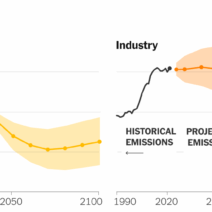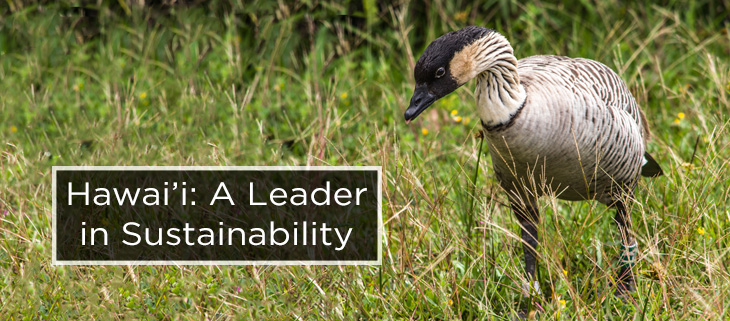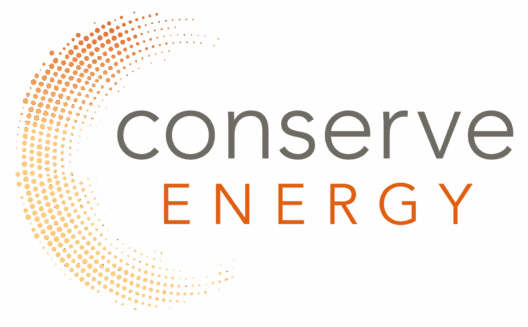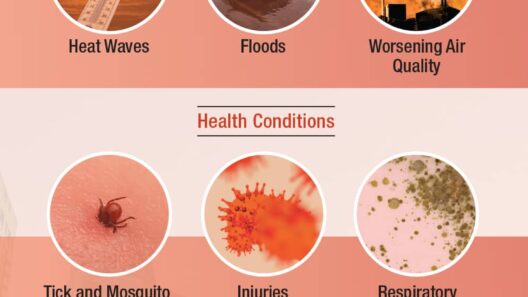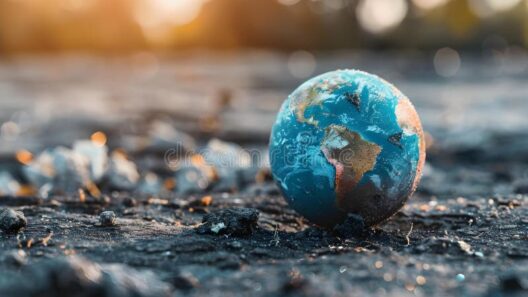Global warming is a pressing issue that affects the entire planet, yet certain regions are more vulnerable to its impacts. Hawaii, a captivating archipelago in the central Pacific, is particularly susceptible to the ravages of climate change. Battling rising sea levels, diminishing coral reefs, and erratic weather patterns, the people of Hawaii have initiated innovative strategies to mitigate these threats. This exploration delves into how the residents of Hawaii confront global warming through a tapestry of local ingenuity, cultural practices, and sustainable initiatives.
One of the pivotal strategies in Hawaii’s fight against climate change is the emphasis on renewable energy. The state has set ambitious goals, aiming for 100% renewable energy by 2045. This commitment extends beyond mere rhetoric; communities are fostering solar power installations, wind farms, and ocean energy projects. These renewable resources not only reduce dependency on fossil fuels but also create job opportunities within the state. The abundance of sunshine offers a unique advantage, allowing homeowners and businesses to install solar panels, significantly decreasing their carbon footprints. Notably, initiatives such as the Hawaiian Electric’s Solar Partnership Program facilitate the widespread adoption of solar energy, proving that local action can yield substantial long-term benefits.
Water conservation is another essential avenue through which Hawaii aims to combat global warming. The state’s water supply is fragile, often hampered by drought and increasing temperatures. To tackle this issue, various organizations and governmental bodies have implemented water-saving strategies that promote sustainable practices. Rainwater harvesting systems are gaining traction, enabling families and businesses to utilize natural rainfall for irrigation and household needs. This method not only conserves potable water but also fosters a sense of environmental stewardship among community members.
Cultivating a connection with traditional practices is a vital aspect of Hawaii’s environmental initiatives. The ancient Polynesian method of agroforestry, known as ‘ahu‘ula, emphasizes cultivating native plants alongside crops. This multilayered approach preserves native ecosystems while simultaneously enhancing agricultural productivity. By restoring native flora, farmers can promote biodiversity and reduce the need for harmful pesticides and fertilizers. Such sustainable agricultural practices are becoming increasingly prevalent, as local farmers reclaim traditional methods as a means of fostering resilience against climate variability.
Education plays a crucial role in empowering Hawaii’s inhabitants to address climate issues. Numerous organizations are engaged in promoting environmental literacy through community programs. Workshops, lectures, and hands-on training sessions seek to enlighten residents about the significance of biodiversity, sustainable practices, and the impacts of climate change. For instance, the Hawaii Environmental Education Alliance (HEEA) offers resources and support to educators, ensuring that the next generation is informed and equipped to address environmental challenges head-on.
Another intriguing innovation is the focus on regenerative tourism. As one of the world’s premier tourist destinations, Hawaii has recognized the necessity of aligning tourism with environmental conservation. Initiatives have been launched to promote eco-friendly travel, urging visitors to engage in responsible practices during their stay. From guided tours that educate tourists on the fragility of native ecosystems to programs encouraging visitors to participate in local conservation activities, the tourism industry is becoming an ally rather than an adversary in the fight against global warming.
The integration of technology is also reshaping how Hawaii addresses environmental concerns. High-tech solutions, such as drone monitoring of coral reefs and satellite imaging for forest conservation, are being deployed to track ecological changes. These technologies provide valuable data, enabling scientists and conservationists to make informed decisions and implement timely interventions. On an individual level, apps that promote sustainable behaviors—like tracking carbon footprints or encouraging plant-based diets—are gaining popularity, demonstrating how technology can serve as a catalyst for environmental consciousness.
Hawaii’s cultural heritage uniquely positions its inhabitants to instigate lasting environmental change. The concept of ‘malama ‘aina,’ meaning “to care for the land,” embodies a deep-rooted respect for the natural world. This philosophy has permeated various aspects of Hawaiian life, inspiring individuals to take active roles in conservation efforts. Community-led initiatives, such as beach cleanups and reforestation projects, reflect this intrinsic commitment to nurturing the land and its resources. When individuals bond over shared values regarding environmental stewardship, powerful collective action is born.
Collaboration is essential for amplifying Hawaii’s impact on global warming. Local governments, non-profits, and community organizations are converging to forge strategic partnerships aimed at enhancing sustainability efforts. The collaborative nature of these initiatives allows for a pooling of resources, knowledge, and expertise, broadening the scope of impact. For example, partnerships between marine biologists and fishermen are ensuring that fishing practices remain sustainable while preserving marine ecosystems. Such cooperation highlights the importance of diverse perspectives in addressing complex environmental challenges.
In conclusion, Hawaii exemplifies an innovative approach to combating global warming through concerted efforts that engage renewable energy, water conservation, traditional practices, education, responsible tourism, technology, cultural heritage, and collaboration. These interwoven strategies not only serve to protect the environment but also enhance community cohesion and resilience. As the inhabitants of this island paradise continue to pioneer methods of sustainability, they cultivate a hopeful narrative that transcends geography and speaks to a global audience. The fight against climate change is not merely a local undertaking; it represents a collective responsibility, beckoning a shift in perspective that empowers every individual to contribute to a healthier planet. Through innovation and dedication, the people of Hawaii are illuminating a path forward—a testament that change is not only possible but also essential for the survival of our ecosystems.

